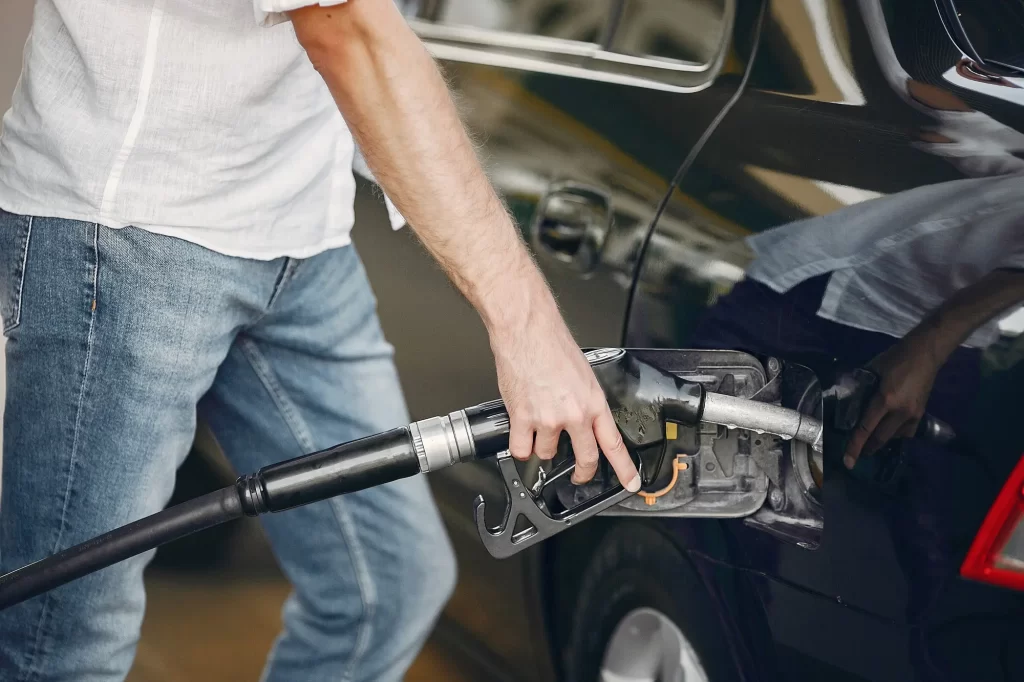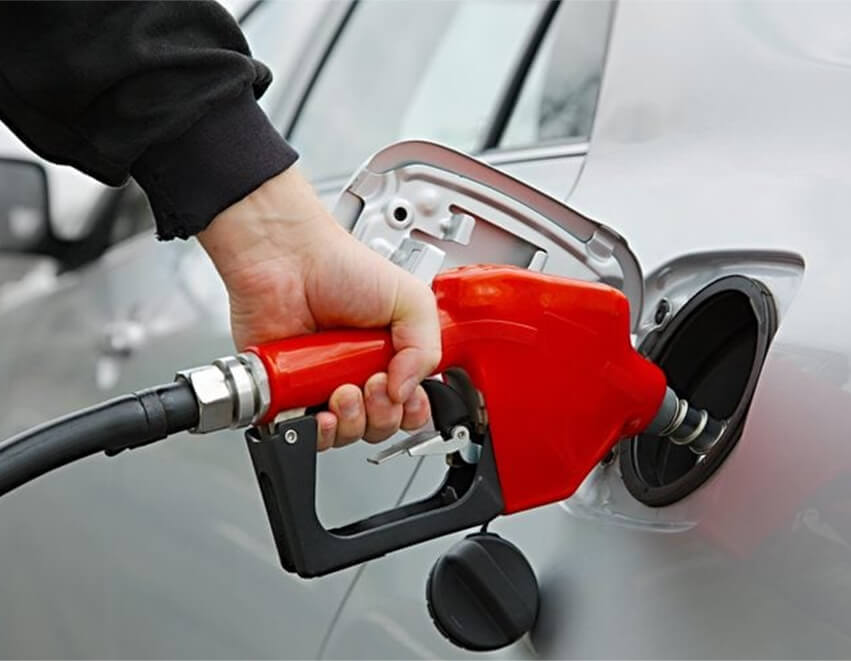Arabanız tekliyor veya hızlanmakta zorlanıyor mu? Benzin deponuzdaki su, bu sinir bozucu motor performansı sorunlarının ardındaki gizli suçlu olabilir. Çok az bir miktar bile önemlidir; 12 galonluk bir benzin deposunda sadece yarım ons su, motorunuzun performansını ve yakıt verimliliğini önemli ölçüde etkileyebilir ve yakıt sistemlerinde korozyona yol açabilir. […]

Arabanız tekliyor veya hızlanmakta zorlanıyor mu? Benzin deponuzdaki su, bu sinir bozucu motor performansı sorunlarının ardındaki gizli suçlu olabilir.
Çok az bir miktarı bile önemlidir; 12 galonluk bir benzin deposundaki sadece yarım ons su, motorunuzun performansını ve yakıt verimliliğini önemli ölçüde etkileyebilir ve yakıt sistemlerinde korozyona yol açabilir.
Gizemli motor arızalarından ani güç kaybına kadar, su kirliliği her sürücünün tanıması gereken semptomlar yaratır.
Su ilk etapta tankınıza nasıl girer? Motorunuzu korumak için hangi acil adımları atabilirsiniz? Ve en önemlisi, benzin deposundan suyu nasıl çıkarırsınız ve bu sorunu bankayı kırmadan nasıl çözersiniz? Hadi öğrenelim.
Farkında olmayabilirsiniz ama su, şaşırtıcı derecede yaygın bazı yollarla benzin deponuza girebilir.
Dizel araç kullanıyorsanız, yakıt su ayırıcısı bulundurmak size çok fazla sorundan tasarruf sağlayabilir. Suyun yakıtınıza karışmasını önler ve motorunuzu korur.
Benzinde suyun yakıt deponuzda gizlendiğini nasıl anlarsınız? İşte dikkat etmeniz gereken bazı işaretler.
Doğrulamak için, bu basit kontrolü deneyin: şeffaf bir kaba biraz yakıt çekin. Su varsa, gazdan daha ağır olduğu için dibe batacaktır.
Dizel kullanıcıları için su tespit macunları veya katkı maddeleri gibi araçlar bu işlemi daha kolay hale getirebilir.
Su ve yakıt, yağ ve su gibidir; sadece karışmazlar. Benzin deponuzda su varsa, motorunuzda tahribata yol açabilir ve yakıt sistemi sorunlarına neden olabilir.
Dizel ile uğraşıyorsanız, riskler daha da büyüktür. Su kirliliği enjektörlere zarar verebilir ve tüm yakıt sistemini aşındırarak maliyetli onarımlara yol açabilir.
Peki, yakıt deposundan suyu nasıl çıkarırsınız? Bu, ne kadar suyla uğraştığınıza bağlıdır.
Kirlenme şiddetliyse, profesyonel yardım almanın zamanı gelmiştir. Tankı boşaltacaklar, sistemi temizleyecekler ve tıkalı filtreleri değiştireceklerdir.
Değiştirilmesi yakıt filtresi Tanktaki suyla uğraşırken her zaman iyi bir fikirdir. Su onu hızla tıkayabilir, verimliliği düşürebilir ve daha fazla hasara neden olabilir.
Yakıt deponuzdaki su, masraflı onarımlara ve can sıkıcı arızalara yol açabilir; ancak bazı proaktif adımlarla bunun önüne geçmek mümkündür.
Rutin bakım, su kirliliğini erken yakalamanın anahtarıdır. Düzenli incelemeler sırasında mekaniğinizden tankta su belirtileri olup olmadığını kontrol etmesini isteyin. Ayrıca, dizel araç kullanıyorsanız, nemi gidermek için önemli bir bileşen olduğundan yakıt su ayırıcınızı da inceleyebilirler.
Eğer su tankınıza ulaşmışsa, onarım maliyeti kirliliğin ciddiyetine bağlı olacaktır.
Konumunuz ve araç tipiniz de bir rol oynar. Örneğin dizel motorlar, su enjektörlere veya pompaya zarar verdiyse daha kapsamlı onarımlara ihtiyaç duyabilir.
Aocheng'de su kirliliğinin ne kadar zararlı olabileceğini anlıyoruz. Bu yüzden şu ürünleri sunuyoruz: yakıt su ayırıcısı Yakıtınıza su girmesini önlemek için.
Ürün yelpazemiz yakıt dağıtıcıları Ve pompaS sisteminizin verimli kalmasını ve kirleticilerden korunmasını sağlar.
Yakıt kalitesini korumaya yönelik daha fazla çözüm için şu adresi ziyaret edin: ana sayfaDoğru aletler ve düzenli bakımla masraflı onarımlardan kaçınabilir ve yakıt sisteminizin sorunsuz çalışmasını sağlayabilirsiniz.
Dizel motorunuz zor çalışıyorsa, rölantide zor çalışıyorsa veya aşırı duman üretiyorsa, bunun nedeni su kirliliği olabilir. Bir numuneyi boşaltarak yakıtı görsel olarak inceleyebilirsiniz; su, yakıttan daha ağır olduğu için dibe çökecektir.
Özellikle etanol karışımlı yakıtlarda, az miktarda su genellikle kaçınılmazdır. 0,5%'ye kadar su içeriği genellikle kabul edilebilirdir ve sorun yaratmaz. Ancak, bunun ötesindeki her şey motor sorunlarına yol açabilir ve derhal ele alınmalıdır.




